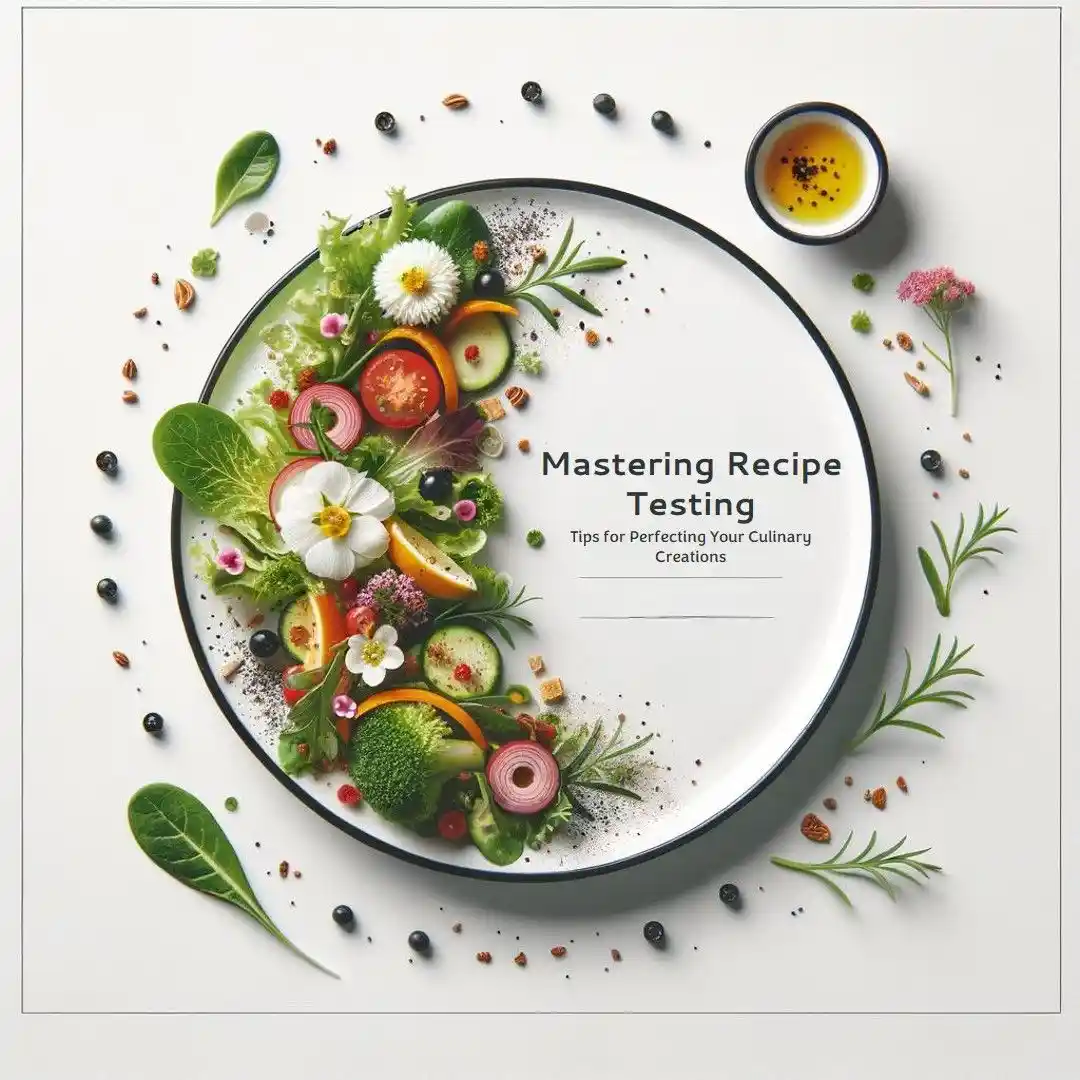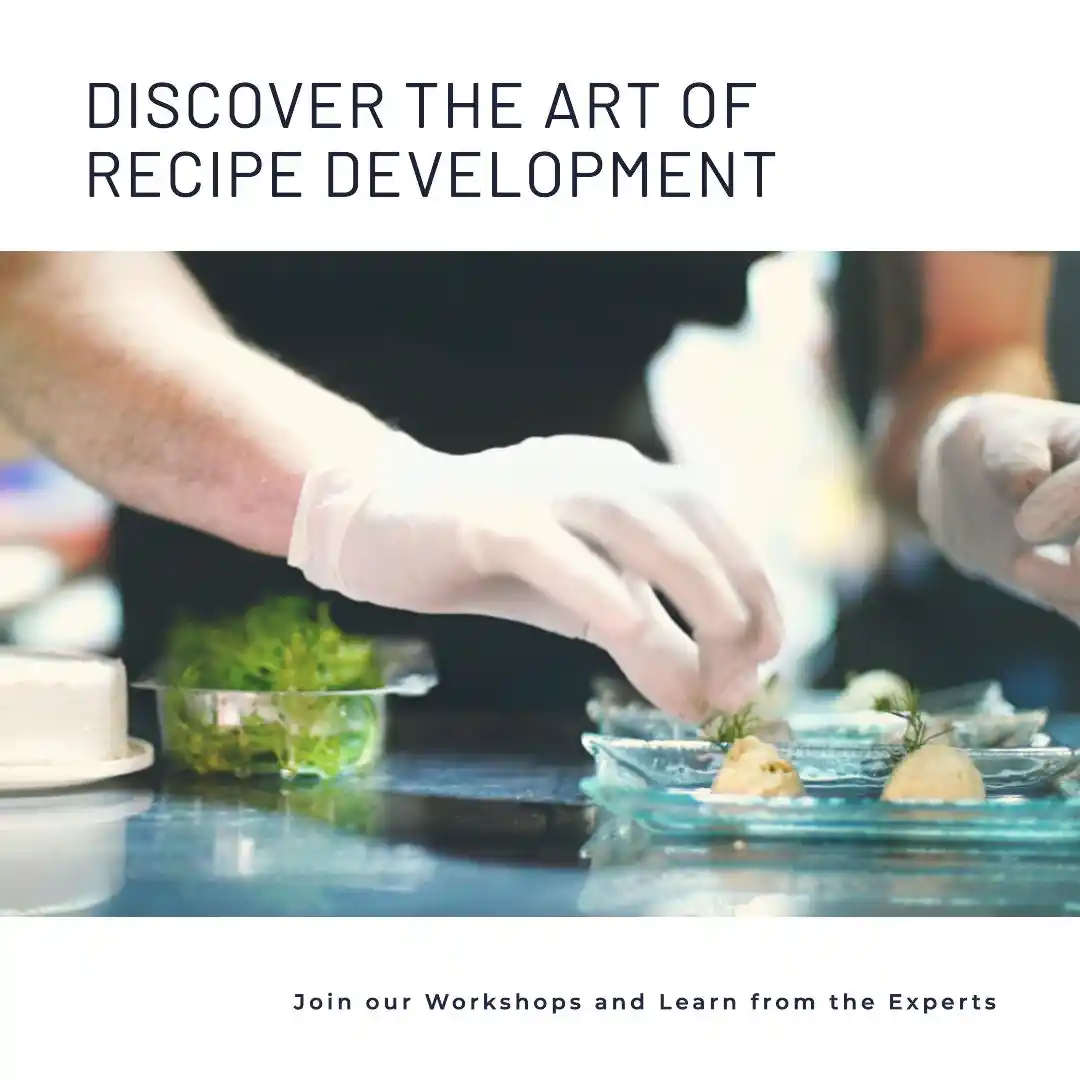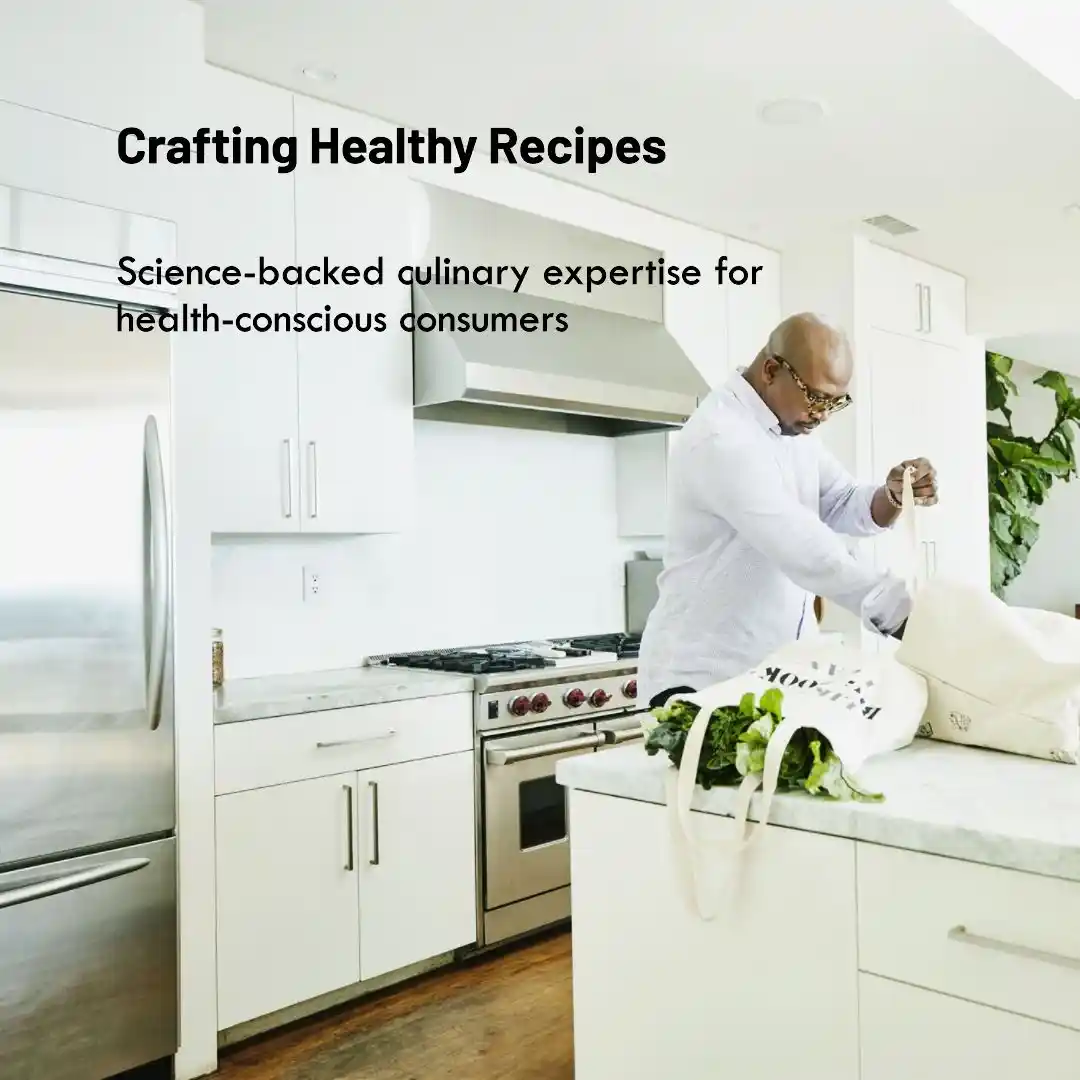Introduction
In the competitive culinary landscape, creating a truly exceptional food product requires more than just a good idea. It demands meticulous planning, a deep understanding of ingredients, and a rigorous process of recipe testing and iteration. At Tasteology, a global culinary consultancy, we leverage science-backed expertise to help food businesses develop innovative and delicious products. This guide will delve into the best practices for recipe testing and iteration, empowering you to refine your recipes and achieve culinary perfection.
Why Recipe Testing and Iteration Matter
Recipe testing is the cornerstone of successful food product development. It allows you to:
- Perfect Flavor Profiles: Through iterative testing, you can fine-tune ingredient ratios and cooking methods to achieve the desired taste and texture.
- Ensure Consistency: Standardized recipes guarantee that your product delivers the same delicious experience every time, regardless of the batch size or production location.
- Reduce Costs: Identifying and resolving recipe issues early in the development process minimizes waste and prevents costly mistakes down the line.
- Enhance Customer Satisfaction: A well-tested recipe translates to a high-quality product that delights consumers and builds brand loyalty.
- Meet Regulatory Standards: Thorough testing ensures your product meets all relevant food safety and labeling requirements.
The Science Behind Recipe Testing
Understanding Sensory Evaluation
Sensory evaluation plays a crucial role in recipe testing. It involves using the five senses – sight, smell, taste, touch, and even sound – to assess the quality and acceptability of a food product. At Tasteology, we employ trained sensory panels to provide objective feedback on various aspects of a recipe, including:
- Appearance: Color, texture, and overall presentation.
- Aroma: Intensity, pleasantness, and character of the smell.
- Flavor: Basic tastes (sweet, sour, salty, bitter, umami), flavor balance, and aftertaste.
- Texture: Mouthfeel, consistency, and chewiness.
The Iterative Process
Recipe testing is an iterative process, meaning it involves repeated cycles of experimentation and refinement. Each iteration involves making adjustments to the recipe based on feedback from sensory evaluation and other sources. This cycle continues until the desired outcome is achieved.
Best Practices for Recipe Testing
1. Define Your Goals
Before you begin testing, clearly define your objectives. What are you trying to achieve with this recipe? Are you aiming for a specific flavor profile, texture, or nutritional content? Having a clear vision will guide your testing process.
2. Start with a Solid Foundation
Begin with a well-researched base recipe. Consider factors such as ingredient availability, cost, and target audience preferences. Ensure your recipe is aligned with your overall product development goals.
3. Document Everything
Maintain detailed records of each iteration, including:
- Ingredient List: Precise measurements and specifications for each ingredient.
- Preparation Method: Step-by-step instructions for preparing the recipe.
- Cooking Time and Temperature: Accurate cooking parameters for consistent results.
- Sensory Evaluation Results: Detailed feedback from taste testers.
- Observations and Adjustments: Notes on any changes made to the recipe and their impact.
4. Control Variables
When testing, change only one variable at a time. This allows you to isolate the impact of each adjustment and make informed decisions about future iterations. For example, if you want to test the effect of sugar content, keep all other ingredients and cooking methods constant.
5. Utilize a Variety of Testing Methods
Employ different testing approaches to gather comprehensive feedback:
- Internal Testing: Engage your team members or colleagues in initial taste tests.
- Blind Taste Tests: Mask the identity of different recipe variations to eliminate bias.
- Consumer Taste Tests: Gather feedback from your target audience to assess market appeal.
6. Embrace Feedback
Be open to feedback, even if it’s critical. Constructive criticism can provide valuable insights and help you improve your recipe. Encourage honest and detailed feedback from your testers.
7. Don’t Be Afraid to Experiment
Recipe development is a creative process. Don’t be afraid to step outside the box and try new things. Experiment with different ingredients, flavor combinations, and cooking techniques to discover unexpected culinary delights.
Common Challenges in Recipe Testing
1. Scaling Up
Translating a successful small-batch recipe to a larger scale can be challenging. Factors like cooking time, temperature, and equipment may need to be adjusted to maintain consistency.
2. Ingredient Sourcing
Finding consistent sources for high-quality ingredients is essential for maintaining product quality.
3. Shelf Life and Stability
Testing the shelf life and stability of your product is crucial, especially if you’re developing a packaged food item.
Tasteology: Your Partner in Culinary Excellence
At Tasteology, we understand the complexities of recipe testing and iteration. Our team of experienced food scientists and culinary professionals can guide you through the entire process, from initial concept development to final product optimization. We offer a range of services, including:
- Recipe Development: Creating innovative and delicious recipes tailored to your target market.
- Food Formulation: Optimizing ingredient ratios and processing methods for desired functionality and sensory attributes.
- Flavor Optimization: Developing unique and appealing flavor profiles that resonate with consumers.
- Sensory Evaluation: Conducting rigorous sensory testing to gather objective feedback on your product.
Conclusion
Recipe testing and iteration are essential steps in creating successful food products. By following these best practices and leveraging the expertise of a culinary consultancy like Tasteology, you can transform your culinary vision into a reality. Contact us today to learn more about how we can help you achieve culinary perfection.
Additional Resources
- Top 10 Tips to Help You Master Recipe Testing
- Recipe Testing 101
- Master the Art of Recipe Testing: A Comprehensive Guide


